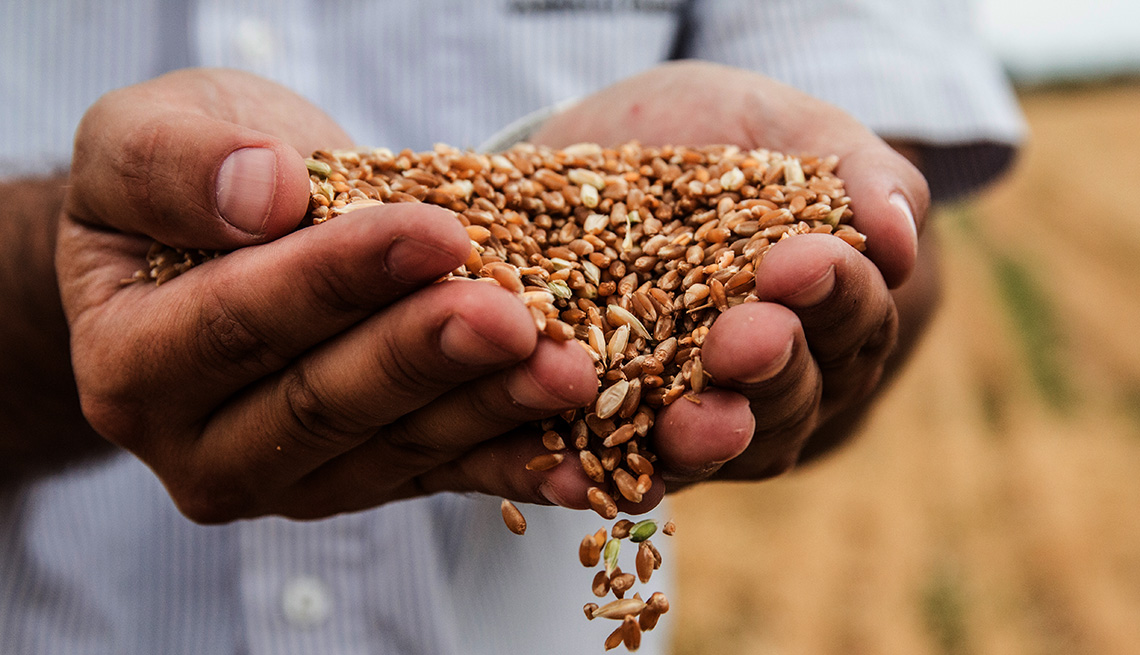
- Select a language for the TTS:
- UK English Female
- UK English Male
- US English Female
- US English Male
- Australian Female
- Australian Male
- Language selected: (auto detect) - EN
Play all audios:
Seeds from insect- and wind-pollinated plants — like squash, corn and watermelon — are cross-pollinated from a wide number of sources, so their seeds will also defy expectations. Tomato
seeds are easy and fun to harvest, though you'll need to clean and dry the seeds before storing them. Best recommends letting the seeds and surrounding gel ferment for two to three
days, then filling their container with water. The viable seeds will sink to the bottom. To dry seeds, Jason recommends spreading them on a fine window screen from the hardware store. Cover
with another screen to keep fruit flies out. If your area has high humidity, you may need to aim a fan at your seeds to ensure they dry fully. Oregon plant breeder Carol Deppe, whose many
books include _The Resilient Gardener: Food Production and Self-Reliance in Uncertain Times_, recommends using a dehydrator to thoroughly dry any seeds you want to preserve beyond next year.
You can store seeds in any cool, dark place, but the freezer is ideal. Best became a freezer convert after successfully sprouting his mother's decades-old seeds. After his
mother's death, Best's sister defrosted the freezer and “on the very bottom she discovered seeds that had been in there 35 years. And I had 100 percent germination” with them, he
says. “That convinced me of the value of freezing." Store seeds in airtight containers (or even in paper packets, if you're only saving them for one year) and label them with the
species, variety and year. You can also note how much the plant yielded and attach a photo. SWAPPING AND LINEAGE At seed swaps around the country, increasing numbers of gardeners gather to
exchange seeds and family tales. At the Appalachian Seed Swap in Pikeville, Kentucky, Cohen met a woman who was growing her great-great-grandfather's corn seed. “Her family history was
entwined into this variety” of corn, Cohen says. Seed swappers also share the surprisingly rich histories of the seeds themselves. “All seeds have their own name[s], stories and lineage,”
says Jessika Greendeer, seedkeeper for the Minneapolis indigenous preservation organization Dream of Wild Health. Even if you and your next-door neighbor start with the same variety of a
plant, she says, the seeds that each of you save and grow will develop different characteristics after a few generations. “They will evolve in different ways,” she says.








